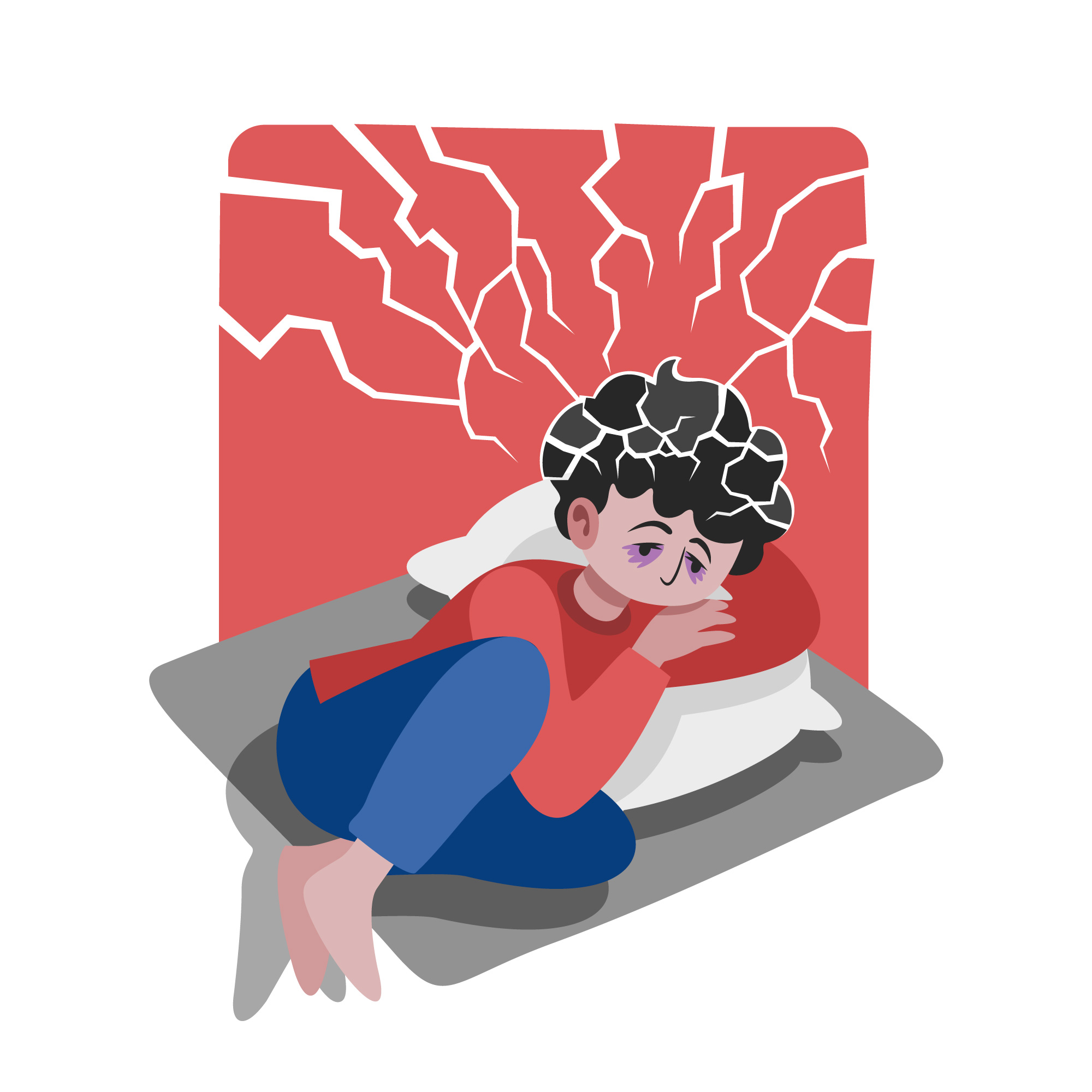
Methamphetamine, commonly known as meth, is a powerful and addictive stimulant that affects the central nervous system. One of the visible side effects of meth use is the development of sores on the face, often referred to as “meth sores.” These sores can be a result of various factors associated with meth use, including skin picking due to the drug’s psychological effects, the body’s reaction to toxins, and neglect of personal hygiene.
Meth sores are not only a cosmetic concern but also a health issue, as they can become infected and lead to more serious complications. Therefore, addressing these sores is crucial for both recovery and overall well-being.
Understanding Meth Sores
Meth sores typically appear as open wounds, scabs, or splotchy patches on the skin. They are most commonly found on the face but can occur anywhere on the body. The sores often result from users picking at their skin due to the hallucinatory effects of meth, which can make them feel as if bugs are crawling under their skin, a sensation known as “formication.”
Additionally, meth is a water-soluble substance, and when users sweat, the drug’s toxins can be excreted through the pores, potentially damaging the skin and leading to sores.
Treatment and Healing
The primary step in treating meth sores is to stop using meth. This halts the progression of new sores and allows the body to start the healing process. For those in recovery, general wound care is essential. Keeping the sores clean, dry, and free from debris helps prevent infection. Topical antibiotic creams may also be used to kill bacteria and promote healing.
In cases where sores have become infected, medical attention is necessary. Treatment for infected sores may include antibiotics or draining abscessed areas to prevent further complications.
The Role of Recovery and Support
Healing from meth sores goes hand in hand with overall recovery from addiction. Support from healthcare professionals, addiction specialists, and a strong support network is vital. Recovery centers and treatment programs offer comprehensive care that addresses both the physical and psychological aspects of meth addiction.
The long-term effects of methamphetamine
The long-term effects of methamphetamine, commonly known as meth, are numerous and can lead to severe and lasting physical and psychological consequences. Chronic meth use can result in permanent damage to the heart and brain, which can manifest as increased risk for heart attacks, strokes, and cognitive deficits. High blood pressure, another consequence, further elevates the risk of cardiovascular events.
The drug’s impact on the central nervous system can lead to a range of mental health issues, including anxiety, confusion, insomnia, mood disturbances, and aggressive or violent behavior. One of the most alarming effects is the potential for developing psychosis, which can include paranoia, hallucinations, and delusions. In some cases, these psychotic symptoms may persist for months or even years after cessation of meth use, and stress can trigger their spontaneous recurrence.
Meth use also takes a toll on various organs, with potential liver, kidney, and lung damage. This can lead to a host of complications, further exacerbating the individual’s health problems. The skin is not spared either, as chronic users may experience intense itching, leading to skin sores from persistent scratching.
On a neurological level, meth use has been associated with alterations in brain structure and function, particularly in areas related to emotion and memory. These changes may account for the emotional and cognitive difficulties observed in chronic users. Moreover, meth can impair decision-making abilities and the capacity to suppress counterproductive behaviors.
The road to recovery from meth addiction is challenging due to the drug’s profound impact on the brain’s reward system. However, with comprehensive treatment that includes medical care, counseling, and support, recovery is possible. It’s crucial for individuals struggling with meth addiction to seek professional help to address both the addiction and its long-term effects.The dental health issues associated with meth use are multifactorial. Meth has a high acidity, which can erode tooth enamel, the protective outer layer of the teeth. This erosion makes the teeth more susceptible to decay. Additionally, meth use often leads to dry mouth or xerostomia, a condition where saliva production is reduced. Saliva is essential for neutralizing acids in the mouth, washing away food particles, and remineralizing teeth, so its absence can accelerate tooth decay.
The dental health issues associated with meth use are multifactorial. Meth has a high acidity, which can erode tooth enamel, the protective outer layer of the teeth. This erosion makes the teeth more susceptible to decay. Additionally, meth use often leads to dry mouth or xerostomia, a condition where saliva production is reduced. Saliva is essential for neutralizing acids in the mouth, washing away food particles, and remineralizing teeth, so its absence can accelerate tooth decay.
Meth users may also experience bruxism, which is the grinding and clenching of teeth. This habit can cause further damage to the teeth and temporomandibular joint, leading to chronic pain and dysfunction. The constriction of blood vessels caused by meth use can also decrease blood supply to the gums, exacerbating gum disease and leading to tooth loss.
Furthermore, the lifestyle of a person using meth often includes poor nutrition and oral hygiene, which contributes to their dental health problems. The consumption of sugary foods and drinks is common, and when combined with a lack of regular dental care, the environment for tooth decay is enhanced.
For those looking for more information or assistance, it’s recommended to consult healthcare professionals and access resources on addiction treatment to find support and guidance on the path to recovery.








